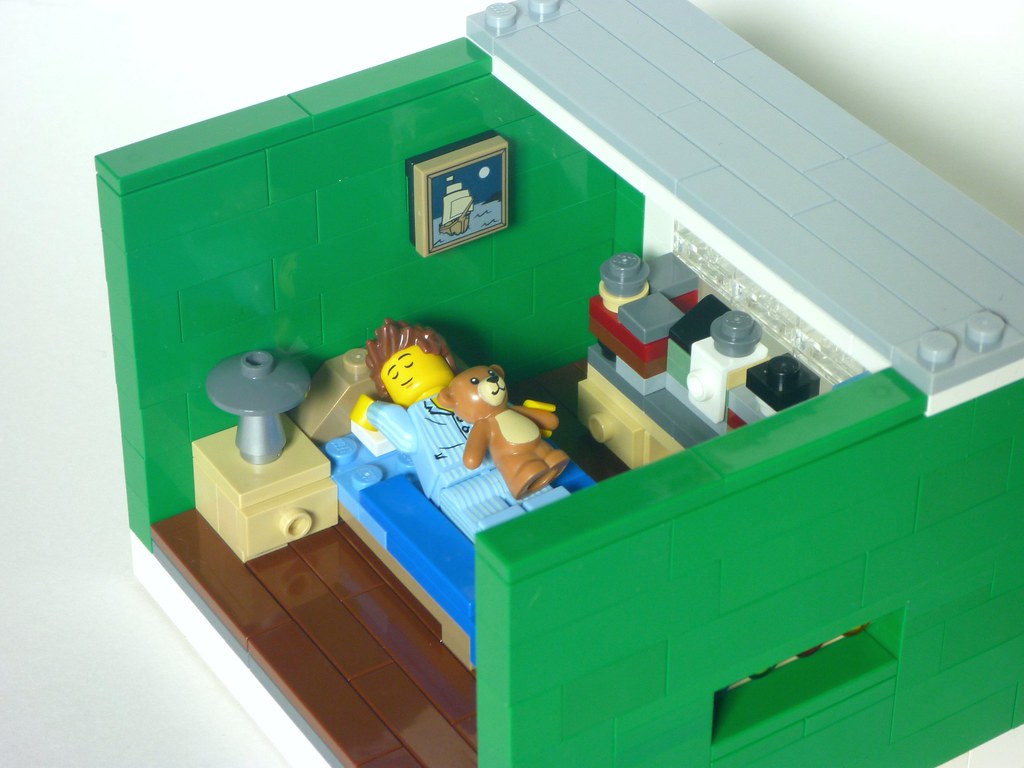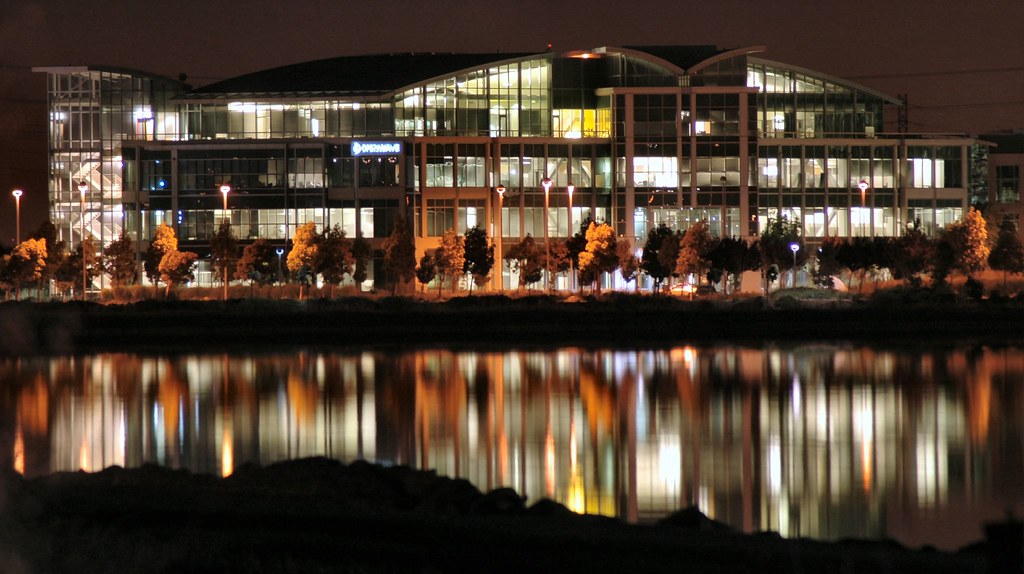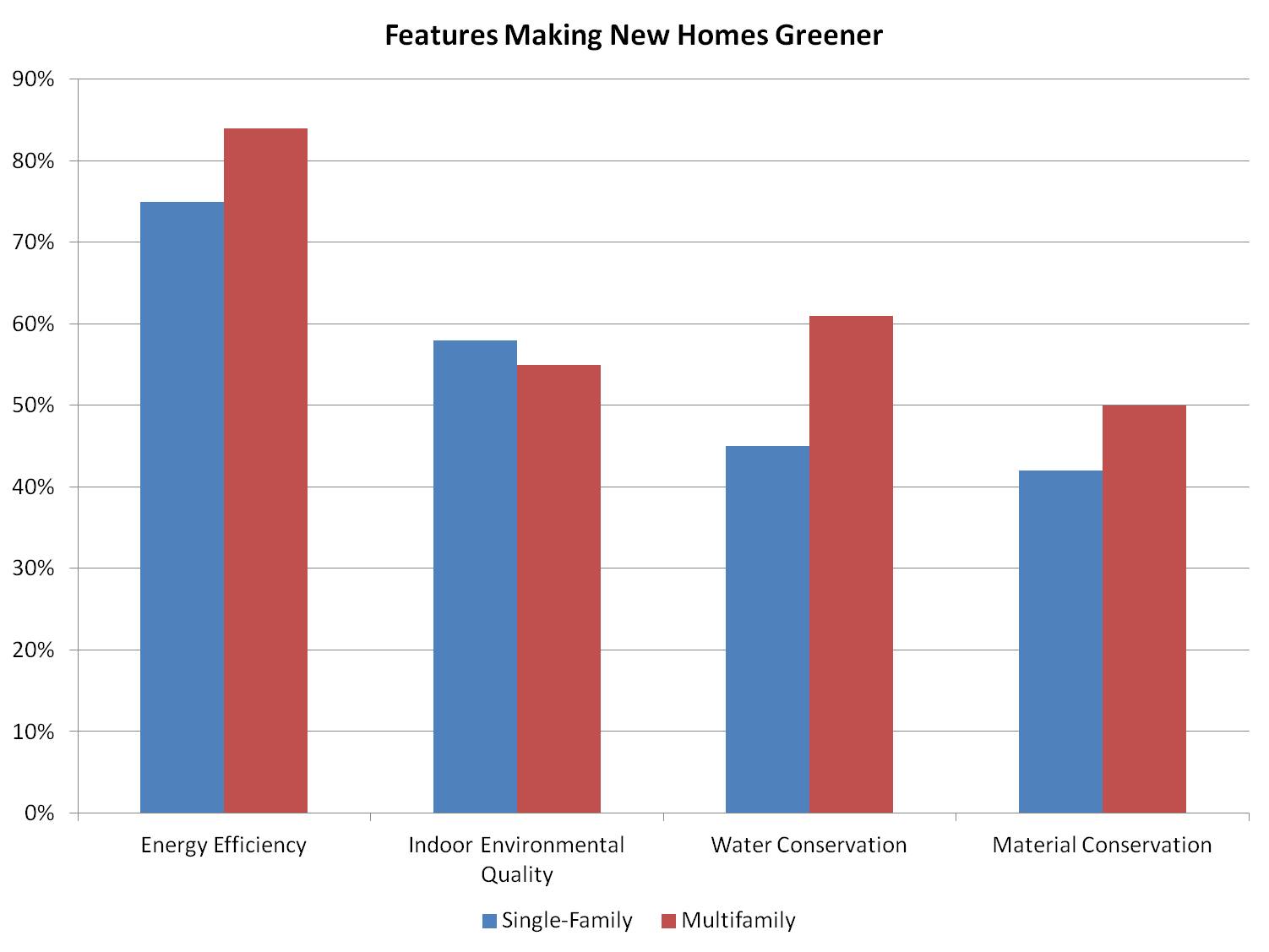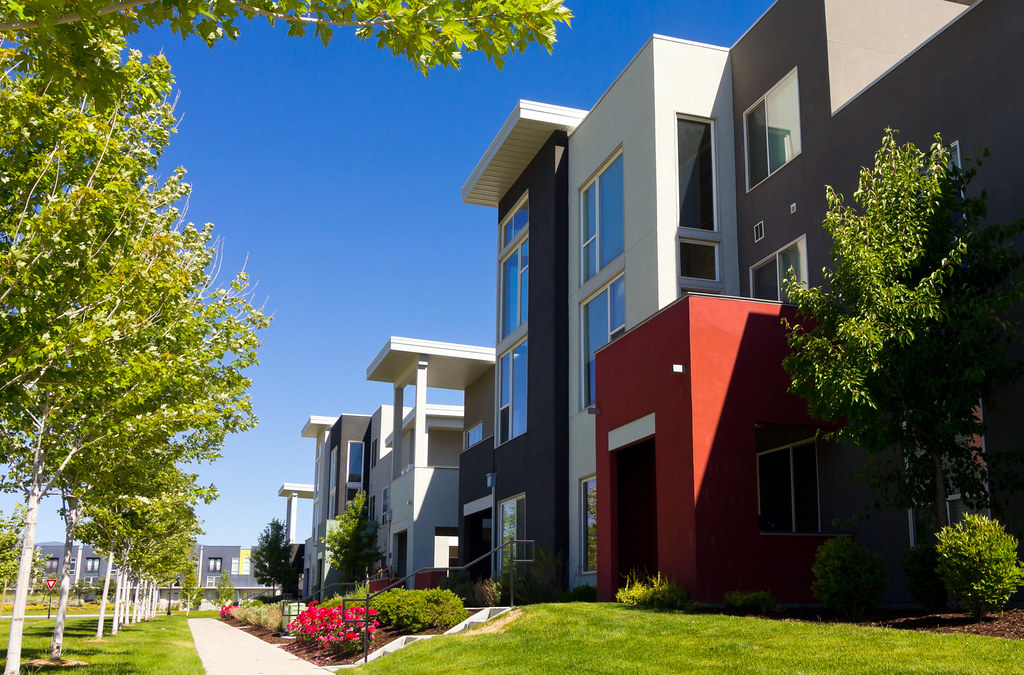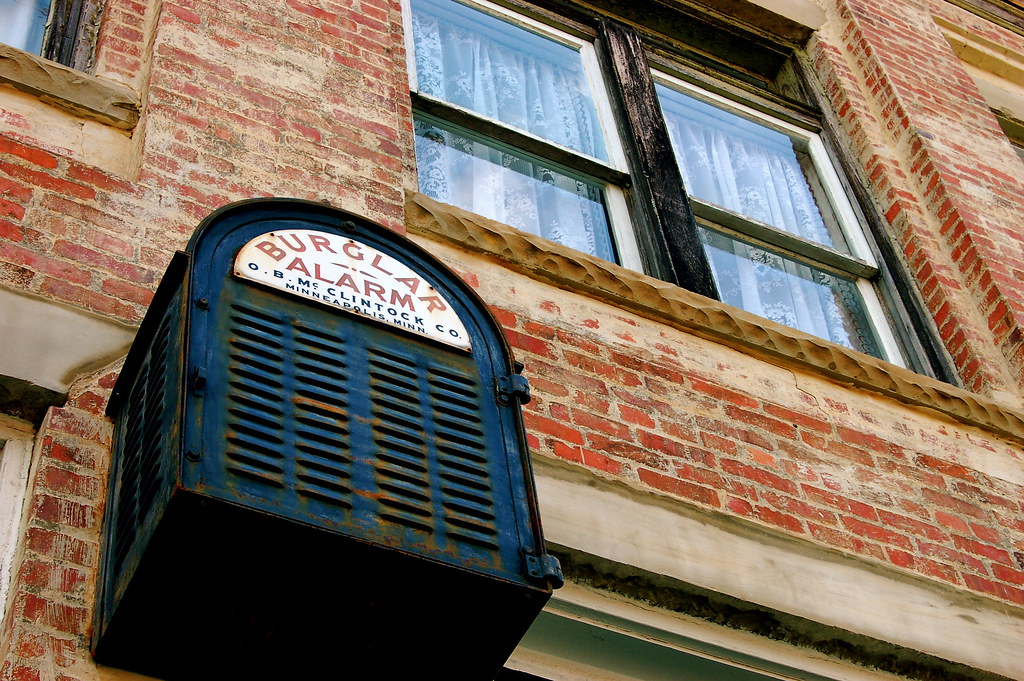As Bay Area residents know all too well, finding affordable housing is becoming increasingly difficult. The recent tech boom is flooding the market with home-buyers and renters who can afford a significantly larger monthly nut than your average blue-collar worker, and their deep pockets are driving prices through the roof. The median price for a single-family home in San Francisco and San Mateo Counties broke a million dollars this year, and rental prices are higher than they have ever been.
Fortunately, there is a glimmer of hope for people who are ready to sacrifice square footage for affordability. Micro-houses and apartments, which can be as small as 180 square feet, are gaining popularity in densely populated metros where affordable housing is becoming a thing of the past. These mini-abodes are devising creative ways to maximize precious space - Murphy beds that fold up and leave behind a dining table, banquette lids that open up for extra storage space, and shelves covering every inch of vertical space.
Seattle is at the forefront of the micro-apartment movement, with somewhere around 3,000 of them already built. Rent for these apartments can be as low as $800/month in a city where a 400-500 square foot studio typically goes for closer to $1,600/month. But in San Francisco, where the micro-trend hasn’t gained as much momentum, the price difference isn't quite so dramatic. A 225 square foot studio in SF still can go for as much as $1,750/month, whereas more generously sized studios can be found just above the $2,000 mark.
Whether or not these apartments can be made more affordable in the SF bay area remains to be seen, but with number of single-person households growing steadily, it is entirely possible that micro homes and apartments will see a spike in demand in the coming years. That's what developer Patrick Kennedy of Panoramic Interests in banking on at least. He is currently building a high rise micro-apartment complex at 1321 Mission St. in San Francisco, and once complete it will be the first of its kind in the city by the bay. It will feature 160 micro-units which Kennedy says are "affordable by design".
